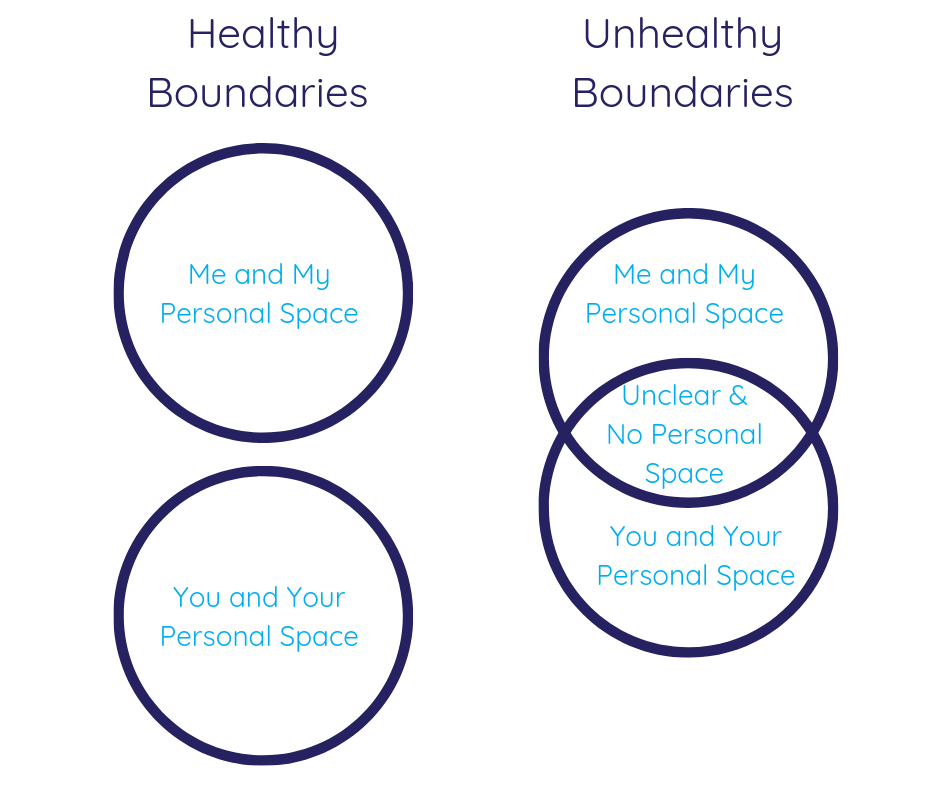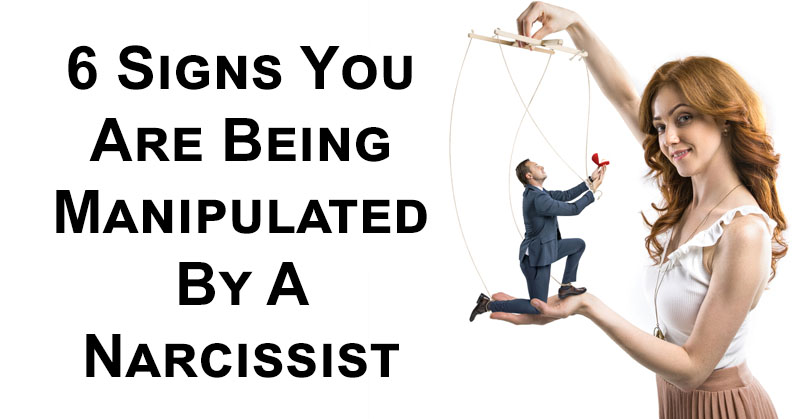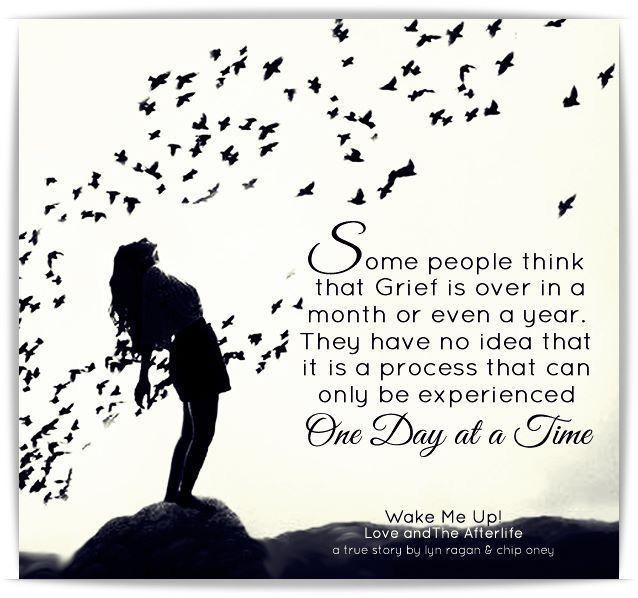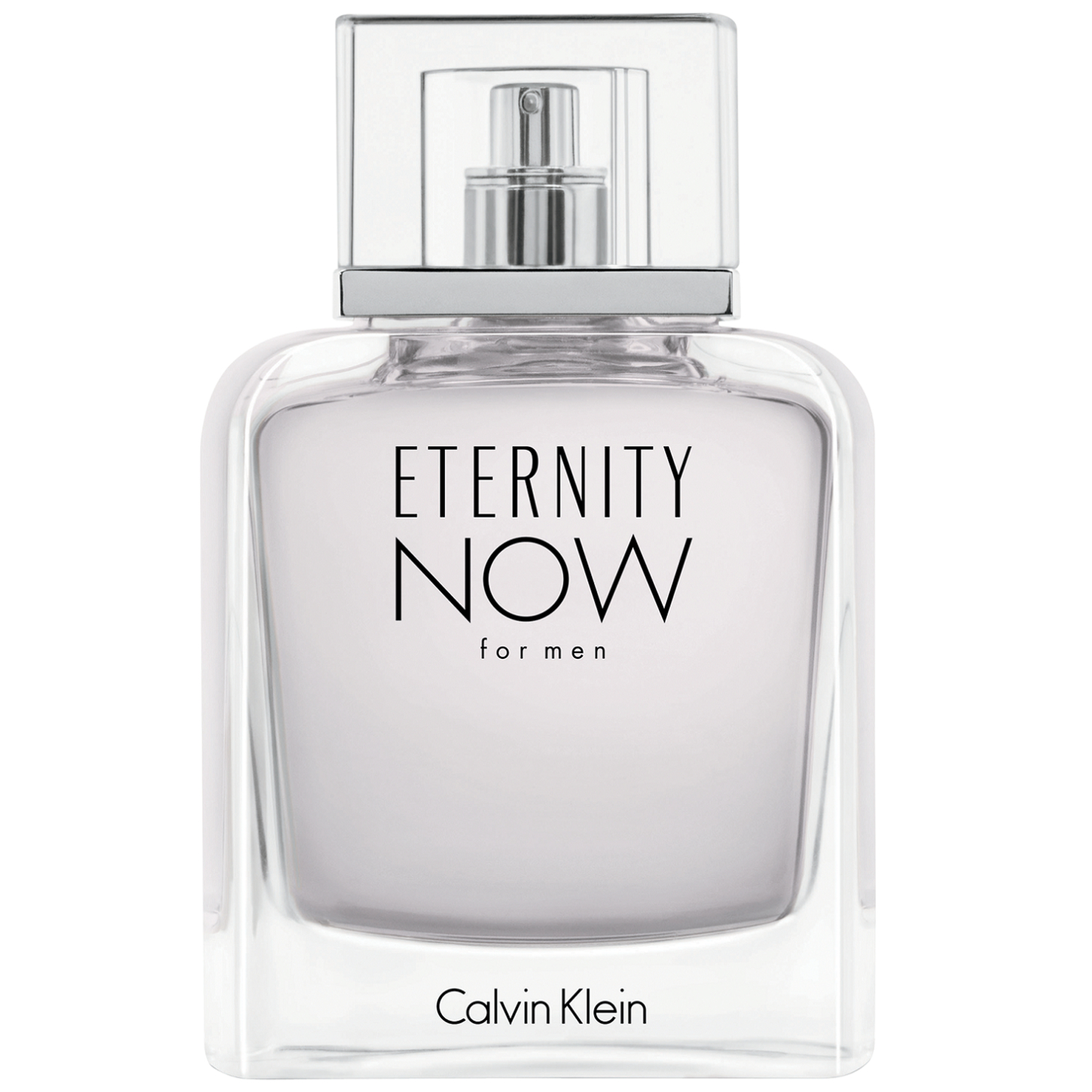Healthy unhealthy boundaries
Healthy vs. Unhealthy Boundaries
- By Seth Menachem
- August 10, 2022
- Individual Therapy, Relationship Counseling
Boundaries are a key element in any healthy relationship. When you love someone, you may think that you should give them your all with no limits. You might be tempted to agree to everything, share everything with them, and dedicate all of your time to them. While this approach may feel great in the beginning of your relationship, it can quickly backfire and result in toxic behavior from you or your partner.
Setting boundaries allows you to preserve your mental health and maintain your sense of self in your relationship. If you’re not used to setting boundaries, it can feel uncomfortable. However, these limits exist so that you and your partner can cultivate a healthy, long-lasting relationship. You should understand what healthy and unhealthy boundaries look like and what you can do to put boundaries in place in your own life.
What Are Boundaries
Boundaries are limits that you put in place to protect your mental and emotional well-being. Although your boundaries can affect those around you, you don’t create them to benefit anyone besides yourself. When you set a boundary, you define what behavior is and isn’t acceptable to you, and you make a promise to yourself not to let the unacceptable behavior into your life.
Boundaries in relationships can be physical or emotional. You might have a boundary regarding personal space or touch, or you may set a boundary about what vulnerable topics you do or don’t discuss with your partner.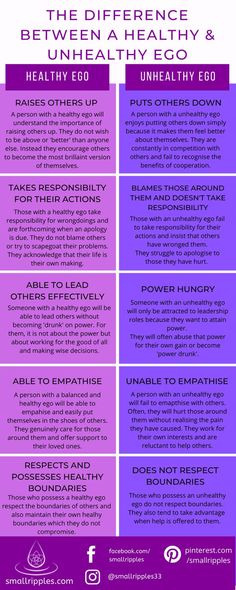 Everyone has different mental health needs, so everyone’s boundaries look different. Even if your partner’s boundaries vary from yours, it’s essential that both of you respect and honor the other’s limits.
Everyone has different mental health needs, so everyone’s boundaries look different. Even if your partner’s boundaries vary from yours, it’s essential that both of you respect and honor the other’s limits.
Setting healthy boundaries is an excellent way to build trust in your relationship. When your partner respects your boundaries, they show you that they care about your emotional well-being. By allowing yourself to be open about your needs and your limits, you and your partner can grow even closer.
Healthy vs. Unhealthy Boundaries
So many people struggle with setting and maintaining their boundaries. If you have a hard time saying “no” or advocating for yourself, you might not even know what healthy boundaries look like. Similarly, if you grew up in a family with unhealthy boundaries, you might have to unlearn some of those beliefs and behaviors.
A healthy boundary is any limit that allows you to maintain your own sense of health and well-being. It’s an opportunity to define what you will or won’t do and what behavior you do or do not welcome into your life. Your boundaries function as a guide for you to know when to say “yes” and when to say “no.”
Your boundaries function as a guide for you to know when to say “yes” and when to say “no.”
Also, when you have healthy boundaries, you set consequences for disrespecting those limits. In a relationship, if your partner violates a boundary, you might call them out on the issue and explain how concerning the situation is for you. Another option is to take some extra space or time away from your partner. Following through with these consequences may seem extreme or unnecessary, but it allows you to express the seriousness of your boundaries to your partner.
Unhealthy boundaries are any limits that are ill-defined or poorly enforced. You might try to set a boundary but struggle to maintain it or communicate with your partner about it. Many people have no boundaries in relationships at all, which can lead to controlling or codependent behavior. Additionally, unhealthy boundaries include any rules or limits that you use to control your partner. Your boundary is a guide for yourself, not a tool for manipulating someone else.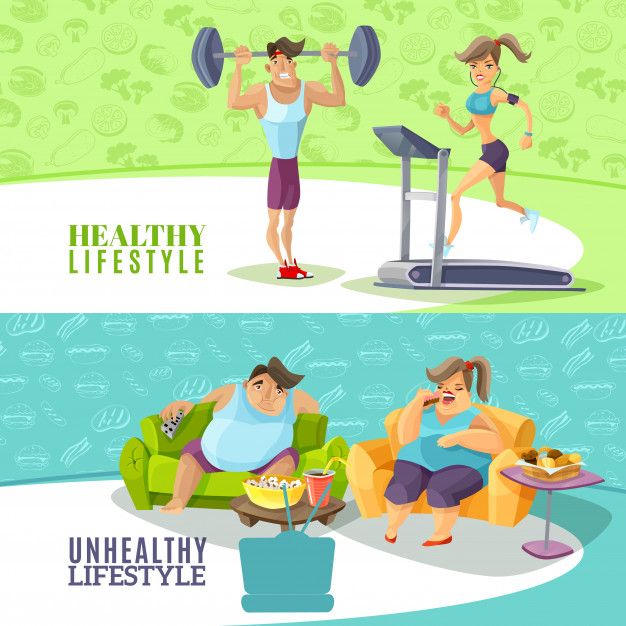
Unhealthy boundaries in your relationship can lead to a concerning pattern of disrespect. One partner might struggle to maintain their own boundary, and the other might struggle to honor it. This may result in controlling behavior, violation of personal space, lack of privacy, and other toxic traits. For a relationship to thrive, both partners must commit to setting their own healthy boundaries and respecting the other’s.
Examples of Unhealthy Boundaries
All relationships are different and may have their own unique examples of healthy vs. unhealthy boundaries. The following are some of the most common instances of unhealthy boundaries in toxic relationships:
- • Not saying “no” when you want to or not accepting when your partner says “no.”
- • Believing that you’re solely responsible for others’ happiness or comfort.
- • Touching your partner without consent or in a way that you know makes them uncomfortable.
- • Refusing to spend time alone or to let your partner spend time alone.
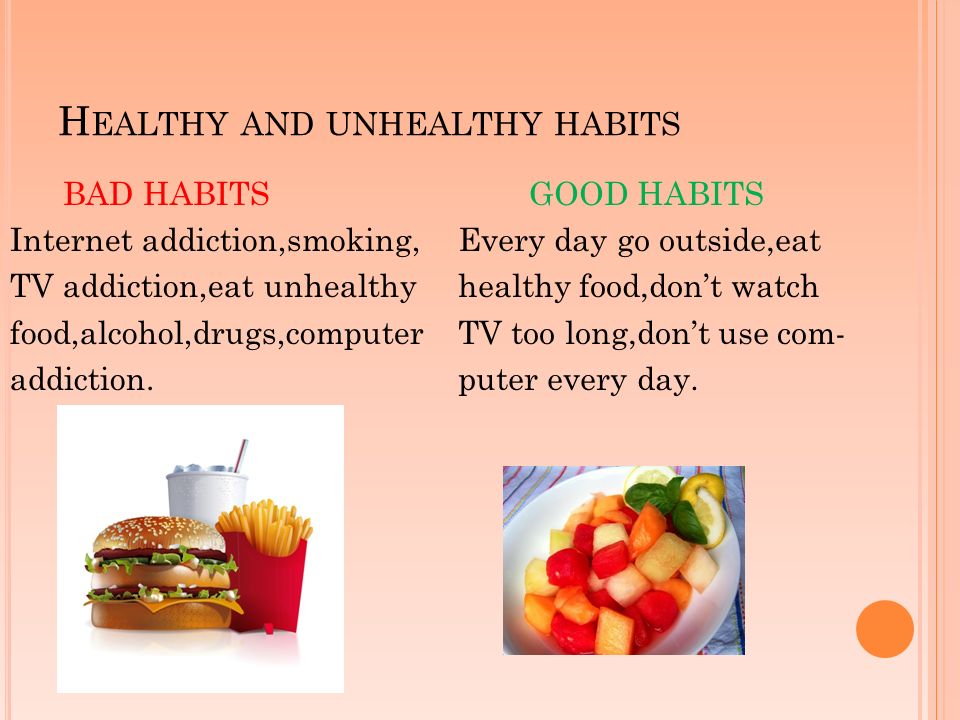
- • Controlling how your partner spends money or allowing your partner to control your own spending.
- • Preventing your partner from spending time with their family or friends.
Examples of Healthy Boundaries
Healthy boundaries are good for you, your partner, and your relationship. The following are some key examples of how you can set boundaries with your partner:
- • Knowing when you need to be alone and advocating for time for yourself.
- • Saying “no” when a situation makes you uncomfortable.
- • Sharing information with your partner because you want to and not because you feel like you have to.
- • Engaging in hobbies on your own and maintaining a sense of identity outside of your relationship.
- • Maintaining your relationships with family and friends.
- • Refusing to take the blame for something that isn’t your fault.
- • Standing up for your beliefs and values and allowing yourself to experience your emotions without shame or guilt.

Learning to Set Healthy Boundaries
Setting and maintaining boundaries can feel uncomfortable at first, but it’s important to remember that everybody has limits. Respecting those limits is what separates a healthy relationship from an unhealthy one. Think about the elements of your mental and emotional health that are the most vital to you. For example, you might highly value your alone time, or you may need to avoid discussing certain topics. Once you identify a boundary, you should communicate it to your partner so that they know what you need.
Therapy can be an excellent opportunity to identify and establish your boundaries. Menachem Psychotherapy Group provides individual and couples counseling so that you can work toward your mental health goals and strengthen your relationship. Contact us today to speak with a therapist in Los Angeles.
Share:
Unhealthy Boundaries in Relationships - Corey Human Counsellor Brisbane
If you want to create a healthy and happy family – it all comes down to boundaries.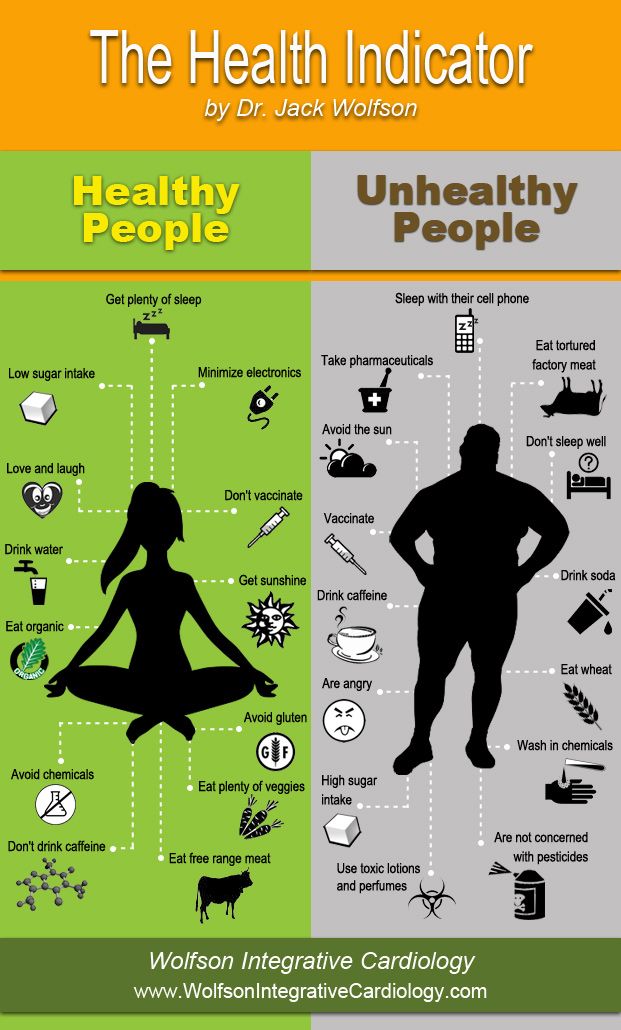
Having clear boundaries is important in many aspects of life – personal, professional and social. These boundaries are formed by our cultural, spiritual, ethical and personal views.
But before we go too far – exactly what are boundaries, why are they so important and how can a counsellor help people to set boundaries in place?
What are Boundaries?
Boundaries can be described as guidelines, rules and limits that a person creates to identify for themselves what are reasonable, safe and permissible ways that other people can behave in their presence and around them (Katherine, n.d.).
Cloud and Townsend (2011) explain that boundaries are where a person’s responsibility to himself starts, and his responsibility to others end. These boundaries also include the way a person will respond when someone oversteps these lines.
The easiest way to explain personal boundaries is to define where a person ends and others begin, and they are defined by the emotional and physical space the individual allows between themselves and others. Personal boundaries enable a person to decide what sorts of communication, interaction with others, and also behaviour is acceptable (Katherine, n.d.).
Personal boundaries enable a person to decide what sorts of communication, interaction with others, and also behaviour is acceptable (Katherine, n.d.).
Why are Boundaries Important?
According to Katherine (n.d.), part of the importance of setting boundaries is that it is a way to practice self-care and self-respect. Boundaries also help with communication in relationships, and creating space and time for positive interactions. When relationship boundaries are set and observed, it helps to build a positive and healthy relationship.
So what do healthy and unhealthy boundaries in relationships look like?
Healthy Boundaries
A person with healthy boundaries:
- values their own opinions, and does not compromise their values for others;
- shares their personal information in an appropriate way;
- knows their own personal wants and needs, and has the ability to communicate these effectively;
- knows to accept it, when others say no.

Unhealthy Boundaries
On the flip side of the coin is the person with unhealthy boundaries. A person with unhealthy boundaries:
- overshares personal information;
- finds it difficult to say no to the requests of other people;
- is over-involved with the problems of other people;
- is dependent on the opinions of others. A sign of a person with unhealthy boundaries is if they are accepting of abuse and disrespect, fearing rejection if they do not please the other person (TherapistAid LLC. 2016).
Boundaries for Children
There are parents who believe that it is good to let children share in decision making, but the downside is that it can lead to giving too much power and control to the child. This results in the opposite to what the parents are hoping to achieve. The only way sharing power and control is effective, is when the parents have well-established limits and boundaries in place.
Some parents find it difficult to say no to their children and this makes it tough for them to set limits.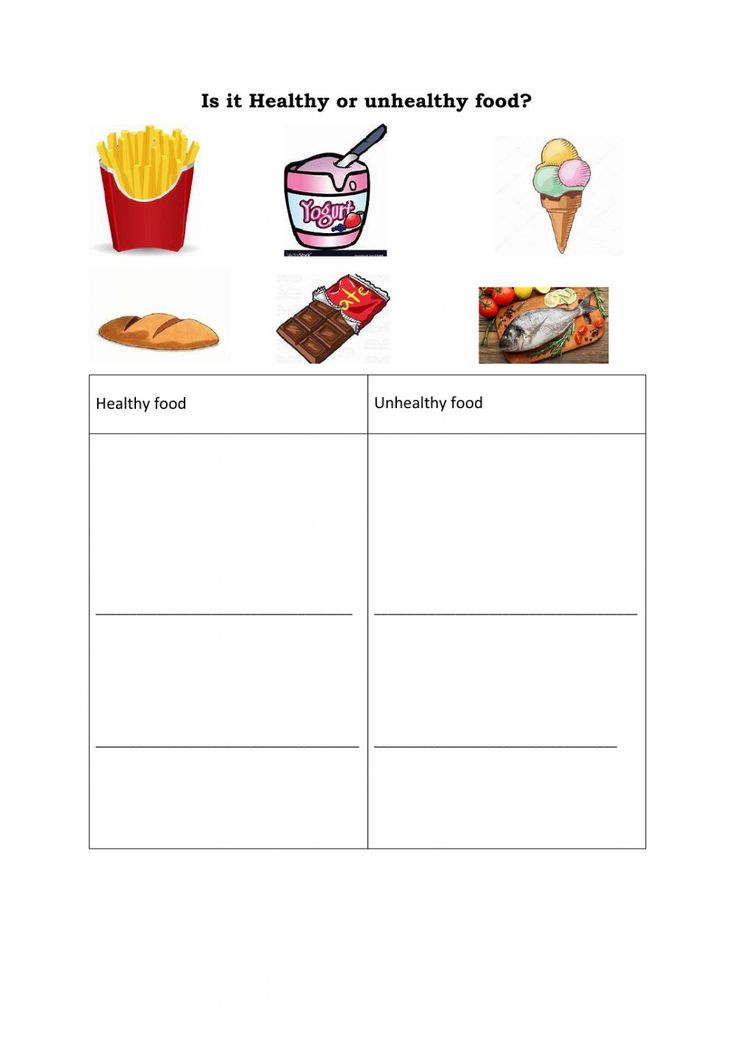 It is important for parents to parent and not be their child’s friend.
It is important for parents to parent and not be their child’s friend.
One of the greatest advantages of setting boundaries for children, is that they feel safe and that their world is under control. It is a proven fact for a child to grow and thrive, they need a secure home with structure.
Another benefit when parents set limits for their child, is that the child will be able to set their own limits as they mature.
When parents’ boundaries are too loose, the children will have inappropriate control and power in the family. This is often an indication of a family in crisis.
Even when children are not exhibiting serious behaviour problems, loose boundaries can also mean that too much adult responsibility is placed in the hands of the child. Conversely, when the parent’s boundaries are too rigid, the children can move into an adolescence of withdrawal or extreme rebellion (Edutopia, n.d.).
Re-Examining Boundaries
It is from time to time necessary to re-examine a boundary and also to make some changes to it. When looking at making changes it is also good to reflect on the reasons why these changes are made. It is helpful for this process if family members support each other and it can also be beneficial to make use of professional support (Adfam, 2010).
When looking at making changes it is also good to reflect on the reasons why these changes are made. It is helpful for this process if family members support each other and it can also be beneficial to make use of professional support (Adfam, 2010).
After deciding on a boundary, setting up the boundary and communicating the boundary, the last step is keeping the boundary. The parent has to notice if the boundary is being kept. This goes one step further by also acknowledging when the boundary is kept or broken, and lastly responding when the boundary is broken and decide the correct way to react to it (Adfam, 2010).
How to Set Boundaries
When visiting a counsellor to help with boundaries in your family and personal life, the counsellor and client will create a suitable behaviour change program. This program is then implemented over a period of time, with counsellor and client working as a team to identify, set and maintain these boundaries.
Author: Corey Human, B Th (Hons), M Counselling, Dip Youth Work, Dip Youth Justice, Dip Couns, Dip Pentecostal Theology, Dip Ministry.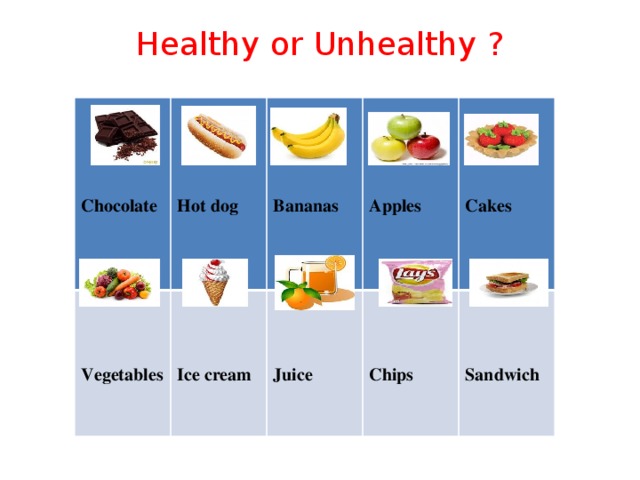 Member of PACFA and CCAA.
Member of PACFA and CCAA.
Corey Human has nearly 20 years’ experience in providing counselling to adolescents, adults, couples, parents and families in both English and Afrikaans. In relationship counselling and education, his aim is to empower each couple with the tools to help themselves when they get to points of conflict in their relationship.
To make an appointment try Online Booking. Alternatively, you can call M1 Psychology Brisbane on (07) 3067 9129
References:
- Adfam. (2010). Setting and Keeping Boundaries. Retrieved from https://www.adfam.org.uk/cms/docs/Adfam%20handout%20-%20setting%20and%20keeping%20boundaries.pdf
- Cloud, H., & Townsend, J. (2011). BOUNDARIES: When to Say Yes, When to Say No to Take Control of Your Life. Retrieved from http://cwjc.net/wp-content/uploads/2013/01/Boundaries.pdf
- Edutopia. (n.d.). Healthy Boundaries, Healthy Children. Retrieved from http://www.edutopia.org/sites/default/files/resources/stw-glenview-healthy-boundaries.
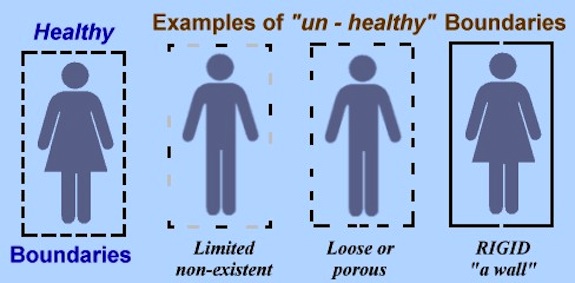 pdf
pdf - Katherine, A. (n.d.). How to Create Healthy Boundaries. Retrieved from https://www.uky.edu/hr/sites/www.uky.edu.hr/files/wellness/images/Conf14_Boundaries.pdf
- Therapist Aid LLC. (2016). What are personal boundaries. Retrieved from https://uhs.berkeley.edu/sites/default/files/relationships_personal_boundaries.pdf
Read online Healthy Borders. How to learn to defend your interests and stop giving up yourself for the sake of others, Terry Cole - LitRes
All rights reserved.
No part of this book may be reproduced in any form without written permission from the copyright holders.
© 2021 Terri Cole. This Translation is published under exclusive license from Sounds True, Inc.
© Edition in Russian, translation, design. OOO Mann, Ivanov & Ferber, 2022
* * *
This book is primarily dedicated to courageous women around the world who strive to build healthy relationships and live exciting lives.
This book is for you. I understand you and I am honored to guide you on the path of transformation.
To my only one, Victor Dzhukhash, without whose reliable support, love and culinary skills this book would not have been written.
To my mother, Jen Cole, who always believed in me.
If not you, then who?
If not now, then when?
Bill of Rights to Mistress Your Borders
• You have the right to say “no” (or “yes”) without feeling guilty.
• You have the right to make mistakes, correct them, or change your mind.
• You have the right to discuss your preferences, wants and needs with others.
• You have the right to express and respect all of your feelings as you see fit.
• You have the right to express your opinion, even if others do not agree with it.
• You have the right to the respect, attention and care of others.
• You have the right to determine who deserves to be in your life.
• You have the right to communicate your limits and conditions.
• You have the right to prioritize self-care without feeling selfish.
• You have the right to speak the truth, be understood and live a free life.
Introduction
Do you say yes when you want to say no?
Do you put other people's needs and wants ahead of your own?
Do you often feel like you need to do more in all areas of your life?
Do you spend too much energy on the decisions, feelings and successes of those you love?
Are you so reluctant to ask for help that you do almost everything yourself?
If you answered yes to any of these questions, then you, my dear, are one of my overworked, over-giving, exhausted sisters. And now you have the right book in your hands.
Healthy, strong personal boundaries are the key to a fulfilling and independent life. Based on my 23 years of personal and professional experience as a clinical psychotherapist, I consider this to be a fact. Every client who enters my office, from a highly paid fashion editor to an out-of-town mom in her forties and a divorced CEO, has her own acute problem: a cheating husband, a rude boss, a mess in family relationships, etc. But at the center of every trouble of a client - the same thing: the absence of healthy boundaries. Luckily, learning how to set them up and making sure you follow them will make things easier. And it's doable.
Every client who enters my office, from a highly paid fashion editor to an out-of-town mom in her forties and a divorced CEO, has her own acute problem: a cheating husband, a rude boss, a mess in family relationships, etc. But at the center of every trouble of a client - the same thing: the absence of healthy boundaries. Luckily, learning how to set them up and making sure you follow them will make things easier. And it's doable.
If you don't have this all-important skill, you are not alone. You were not taught to set healthy personal boundaries either at school or at home, right? How can you know what no one has ever taught you?
Believing that you can just know where and how to set healthy boundaries, without learning, is like thinking that one day you will wake up fluent in any foreign language if you really want to. But this is impossible. Think of this book as a crash course in learning to set personal boundaries, much like Rosetta Stone® [1] . By studying and practicing, you can freely master this art, and then positive changes will occur in all areas of your life.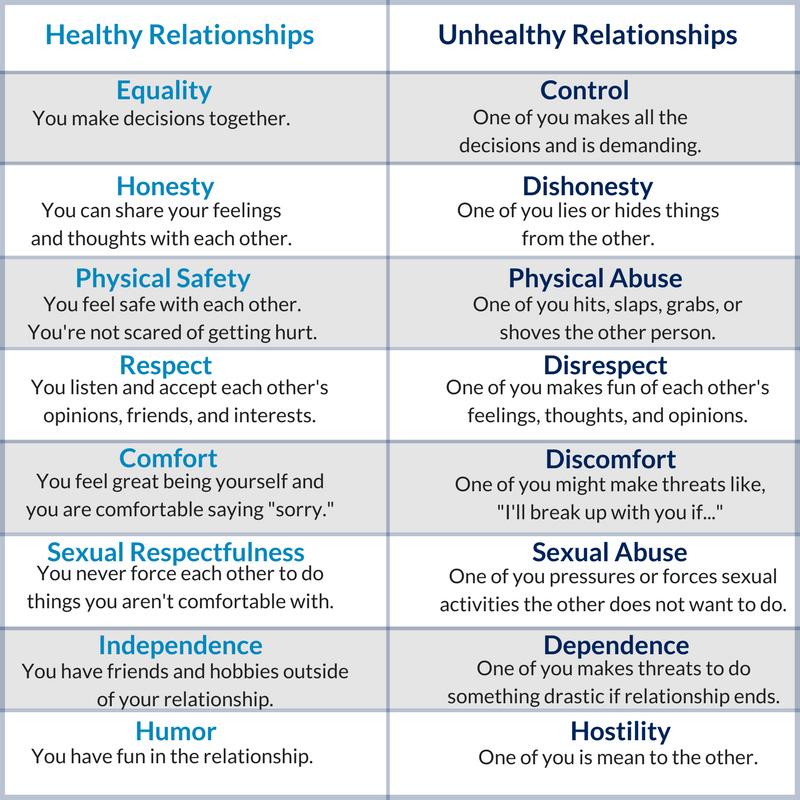 You will have a stronger position in relationships, especially with yourself. And those are the most important relationships.
You will have a stronger position in relationships, especially with yourself. And those are the most important relationships.
This book is a carefully crafted guide to mastering your boundaries. The mistress of her boundaries is a woman who:
• deeply understands herself, including cases of violation of her boundaries and how they prevent her from living here and now;
• knows how to identify and transform the behavioral blocks that stand between her, her true deepest desires and their fulfillment;
• speaks sincerely, knowing that this is the only way to live the life she wants and deserves;
• tends to grow from where it is now.
I wrote this book with [2] cisgender women in mind, but the information in it is useful to anyone. In my experience, people of any gender experience problems with personal boundaries.
You need to behave in accordance with your true desires. But first, we will define what I call your "basement" - in other words, your unconscious. Your basement contains beliefs and experiences that you carefully hid and then quickly forgot (at least on a conscious level).
Your basement contains beliefs and experiences that you carefully hid and then quickly forgot (at least on a conscious level).
Garbage in the basement affects your life, but you don't fully understand how. You can usually notice when he intervenes as your reaction becomes over or inappropriate to the situation at hand. Or you act to your own detriment, against your own interests. Now you might be thinking, "What was that?" Perhaps you are ignoring your intuition and signs that your body gives on an unconscious level in an attempt to avoid discomfort. For people, this is normal. If you are in a difficult situation right now, I promise you: when you clear the basement of garbage, you will receive up-to-date information and head on the path to freedom.
It is normal to resist the grinding of past experiences. Initially, many of my clients refuse to get dressed and go to the basement.
Arguments are as follows:
• “it was so long ago, it's time to forget about it”;
• “I don't want to blame my parents”;
• "I had a happy childhood. "
"
If I could teach you how to manage personal boundaries without cleaning the basement, I would. (To be clear, our journey does not involve blaming anyone.) The good news is that I will lead you by the hand, lighting the way with my headlamp so that we do not get lost. You have me, and I have you.
In order to be optimistic, let's try to understand what this path implies and why it is important. Establishing, formulating and maintaining healthy, clear and flexible boundaries allows you to get satisfaction from life. Without proper bounds, is impossible . I'm sure.
For those of you who are always on auto-pilot or suffer from the "disease-to-please disease" (a phrase coined by renowned female psychology expert Harriet Breaker), this may be bad news [3] . Yes, you will have to slow down and get out of your comfort zone in order to know, express and protect your true self. (Raise your hand if you're thinking "Real me? What is this?") But as you gain confidence in setting boundaries and expressing yourself sincerely, you will begin to better understand and appreciate your true self (and it's just a bomb, believe me) . And what seemed like bad news will turn into a great opportunity.
And what seemed like bad news will turn into a great opportunity.
Boundaries that often don't work well are formed because you don't understand where your responsibility really is. For example, we often think that we have to solve someone's problem or conflict, when in fact other people have to solve their emotional experiences themselves . This is their case. And my book is dedicated to you and to your cause.
If you clearly understand what to do, the process of transformation becomes much more real. Your goal is to do whatever is necessary to make these methods work for you. For something to change, you have to be willing to try something new. It will take effort, but you deserve it. I am fascinated by how you are able to create a life for yourself that will give you a real lot of positive emotions. Judging by my successful work with many students and clients, I have no doubt that you will succeed too.
Here's How It's Going
In Part I, we collect information and take an honest inventory of all areas of your life, discovering what life experiences, influences, and misinformation have caused you to have difficulty with boundaries. We will reveal the current pattern of boundary setting to shed light on how you are currently doing this on a conscious and unconscious level. Your model is influenced by your childhood, including your upbringing, what you observed in your family, and the social and cultural norms in the society where you grew up. For many, this process really helps to free themselves. This learned behavior is not your fault, but you definitely need to understand it. Armed with the right tools and guidance, you can redesign your model.
We will reveal the current pattern of boundary setting to shed light on how you are currently doing this on a conscious and unconscious level. Your model is influenced by your childhood, including your upbringing, what you observed in your family, and the social and cultural norms in the society where you grew up. For many, this process really helps to free themselves. This learned behavior is not your fault, but you definitely need to understand it. Armed with the right tools and guidance, you can redesign your model.
In Part II, we will begin to fluently use the language of boundaries and take small steps forward based on your new knowledge of yourself. All tools, strategies and scenarios can be adapted to your style in any way you like. There is no universal border strategy. You are unique and you need your own way of identifying and articulating boundaries preferences and boundary violations.
We will also look at a step-by-step process for developing proactive boundary plans, the strategies needed to move from reactive to proactive.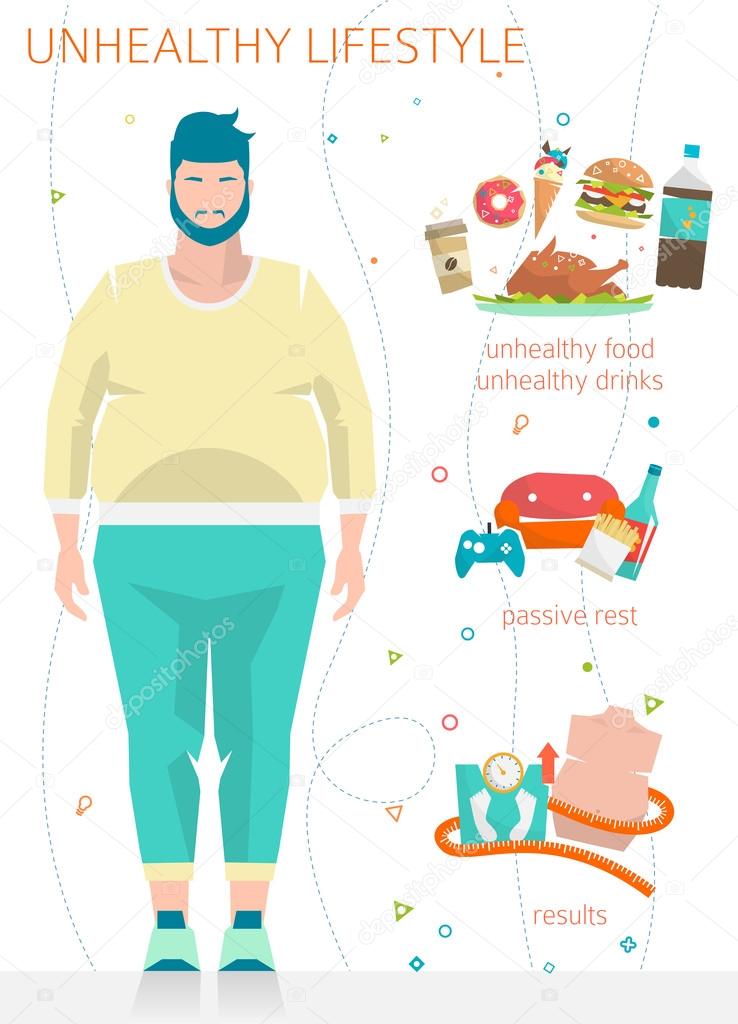 We will talk about how to deal with those who try to violate your boundaries long after you have clearly defined them, and discuss cases where these rules do not apply, especially when interacting with trespassers , daffodils and other complex personalities. I will be there for you every step of the way, as an empathetic, caring (and cool) guide.
We will talk about how to deal with those who try to violate your boundaries long after you have clearly defined them, and discuss cases where these rules do not apply, especially when interacting with trespassers , daffodils and other complex personalities. I will be there for you every step of the way, as an empathetic, caring (and cool) guide.
As part of this process, you will get in touch with your inner child, the part of you that was not met as a child. When I first heard about the concept of the inner child (before I became a psychologist), I wanted to brush it off as utter bullshit. It sounded too flimsy, from the category of magical thinking. But in fact, unhealed childhood trauma negatively affects our adult relationships. Over time, I saw that the inner child needed very serious attention (more on this in chapter 8). Right now, you need to open up to the idea that your reaction to current events may be due to what happened to you at age five. Would you let a five-year-old child make important decisions about marriage and family? Or choose how to move up the career ladder? I don't think.
We need to feel compassion for ourselves. Then, and only then, can we expand our horizons. This is necessary for understanding dysfunctional behavior. Yes, you'll have to dig through the web-covered corners of the basement to uncover potentially unpleasant memories from the past, but the point isn't to dwell on it. If you correctly understand which years to analyze, you will find an incident or experience that needs attention. Identifying the original traumas will force you to acknowledge, process, and respect the experiences of your inner child. Understanding early experiences can have a profound positive impact on your life today.
In order for you to be able to treat yourself with empathy, I will give you a strategy (chapter 6) that will help recognize when the little child inside you is activated, so that you unblock the previous reaction and choose the reaction of an adult acting for your benefit. It is called 3P (recognize - unlock - respond) .
If you are like the thousands of clients and students who have come to see me before you, the frank nature of this work will evoke a range of emotions: hopefulness, extreme weariness, anxiety and excitement. Sometimes you will feel that you are selfish, especially when it comes to changing tacit agreements in relationships and prioritizing feelings. For some, the idea of rocking the boat of boundaries causes fear, guilt, and shame. Will the people I love laugh at me? Am I betraying them by changing the rules unilaterally?
As you develop these skills, know that real, lasting change happens step by step, not overnight. You will learn to change your behavior patterns by doing one right thing after another. There is a long way to go from Part I (gathering information) to Part II (transforming information into new behavioral patterns and choices). So, patience and self-compassion are excellent companions when breaking free from ingrained destructive attitudes and behaviors.
Reflecting on your mistakes, you may feel embarrassed, sorry, or ashamed. Understand that your past behavior is not a reflection of you today, but only what you knew at that time. And this entire book and your personal transformation process is a judgment-free zone. If at some point you feel bad, rejoice. You are doing something that 80% of people will never do. Besides, you are human, my dear. Give yourself a treat.
But here's the thing: you are solely responsible for compiling your own operating instructions. It is "read" by everyone you come into contact with. If you feel disrespected, underestimated, or taken for granted, it's time to rewrite the instruction manual, setting a higher bar for yourself and everyone else involved in the process. This is quite within your power.
To set yourself up for success, create a safe and comfortable place in your home where you arrange your inner space. I call this sacred place a zen lair. This is an ideal corner for meditation, journaling and integration exercises, which you will read more about below.
How to use this book: some tips
This book is meant to be read in chronological order. Why? Because each chapter builds on the previous one.
To help you apply what you've learned, in each chapter I offer practical tips, benchmarks for measuring your progress, and exercises. I use them in my work with clients and students, and they are necessary to achieve the desired results.
• Straightforward advice: In each chapter, I summarize key ideas to help you stay on track.
• Back to you: a quick assessment as you go will help you personalize the information and apply it to your unique case right away.
• Mistress of the Limits in Action: At the end of the chapters, I offer two main ways to apply new knowledge in practice. “The first thing that came to mind” are ways to expand your self-awareness. Digging Deeper are integration exercises (read more at the end of the book) that will help you create sustainable change (don't skip them!). From time to time I also offer something "For inspiration".
• Online Boss of the Boundary Bonus Pack: Check out my website for exclusive mindfulness tools, guided meditations and additional strategies: BoundaryBossBook.com/bonus.
Want some advice? Move at your own pace, take what works, forget the rest. When it gets hot, slow down, cool down, catch your breath. Remember the tools you have mastered and use them. Give yourself a break for a while and come back when you're ready. Inner work can evoke strong emotions. Listen carefully to yourself. Ask yourself questions: “Do I need to take a break? Take a walk? Call a friend or a professional?
Your mental health and peace of mind is your responsibility and should always be your priority. So, throughout our journey, please take care of yourself . I promise that if you work hard, you will see and feel the positive results in your life and relationships.
The process of establishing boundaries takes some time, but learning to define and respect them does not take time. If you stay on course, by the end of the book you will have the skills and understanding of exactly how to do it. You will systematically weed out harmful information that has influenced your behavior so far. You will begin to transform your habitual thought patterns into powerful, conscious beliefs and actions. You will pave the way for positive, lasting change that brings more satisfaction, confidence, and peace to all of your relationships. And they will be based on what you really want, not on the negativity of your childhood. The self-knowledge you have acquired will greatly affect your entire life.
If you stay on course, by the end of the book you will have the skills and understanding of exactly how to do it. You will systematically weed out harmful information that has influenced your behavior so far. You will begin to transform your habitual thought patterns into powerful, conscious beliefs and actions. You will pave the way for positive, lasting change that brings more satisfaction, confidence, and peace to all of your relationships. And they will be based on what you really want, not on the negativity of your childhood. The self-knowledge you have acquired will greatly affect your entire life.
Consider this book a gift of love from my heart to yours. For more than twenty years, I have watched this process change people's lives, and the definition and formulation of normal personal boundaries become accessible and effective. I see tangible results every day in my life and in the lives of my clients. I have already helped thousands of women from all over the world to become mistresses of their own borders, and each went her own way. My mission is to guide you on the road to a unique, fulfilling life.
My mission is to guide you on the road to a unique, fulfilling life.
Ready? Let's get started!
Part I. Links between past and present
Chapter 1. From complete mediocrity to a real master
I was a bridesmaid eight times when I was in my twenties. Eight .
I should have politely declined at least half of these ugly outfits, but I couldn't say no. Or, "Not that," or even, "I'd love to attend your true love party and all, but I have an urgent problem." (Well, for example, I was scraping change from the bottom of my bag for subway fares, because I was a 22-year-old poor student trying to make ends meet in New York.) How could I afford to come to a wedding celebration with girls I knew from working together as waitresses in the old days? To be honest, my fear of upsetting future brides was much stronger than the reality of not having money. I didn't want to appear rude, insensitive, or worse, "unpleasant." If I said no, I would give up the privilege of being elected. Who am I to so to do?
Who am I to so to do?
This fear alone made me shell out thousands of dollars I didn't have (hello, new loan!) to participate in rituals for people who wouldn't even be on my housewarming guest list (if I had a house). ). No wonder I felt an unnecessary burden and felt frustrated. These pent-up emotions made themselves felt at bachelorette parties, wedding rehearsals, and any other time I saw blue-green eighties dresses with wide shoulders hanging in the back of my closet, which I definitely not would wear again. For what? For the sake of "honor" not to be able to speak openly. Looking back, I can only say one thing: "People, this is complete nonsense."
My eternal status as a bridesmaid was a symptom of a larger problem that millions of women face: misplaced personal boundaries. Yes, the difficulty in setting, maintaining and explaining healthy boundaries in all areas is practically an epidemic. Wrong boundaries are very costly. This leads to conflict, unbalanced relationships. Do you need it? Of course not.
Do you need it? Of course not.
As far as my border mess (and probably yours too), the fear of disappointing someone got in the way of basic common sense. I could choose another option, decide for myself how I would spend my precious time and money. I could say, “No thanks. This dress is disgusting, just like your fiancé." (He lashed out at my engagement!) I had many options, and one major obstacle to trying to keep my boundaries: I didn't even know I had a choice.
Wherever you are in your life, you also have a choice.
For the last twenty years I have been a licensed clinical psychotherapist, treating primarily women who suffer from a variety of personal boundary issues. All of them had boundaries that were either set chaotically, or were too flexible, or not flexible enough, etc. Some clients are so independent and self-sufficient that they never ask for help and do not allow others to help them in anything. They prevent taxi drivers from putting their heavy suitcase in the trunk, or grocery store packers from unpacking their groceries (but that's their job). “I myself, thank you,” they will say. Others suffer from an obsessive need to please others at the cost of their own well-being. Or they go out of their way to please everyone (even those they don't like). This can manifest itself in a “yes” answer when they want to say “no”: for example, they agree to hold a fundraiser at the maternity committee (again), even if they have a blockage at that moment at work and at the same time they are trying to sell a house. Or they invite a drunken relative to their birthday party, even though they know it won't end well. Based on my professional and personal experience, I am well aware that “no” only seems to be a simple word. For many it is the most difficult.
“I myself, thank you,” they will say. Others suffer from an obsessive need to please others at the cost of their own well-being. Or they go out of their way to please everyone (even those they don't like). This can manifest itself in a “yes” answer when they want to say “no”: for example, they agree to hold a fundraiser at the maternity committee (again), even if they have a blockage at that moment at work and at the same time they are trying to sell a house. Or they invite a drunken relative to their birthday party, even though they know it won't end well. Based on my professional and personal experience, I am well aware that “no” only seems to be a simple word. For many it is the most difficult.
Let's get back to you. How are your borders?
Below are some common border issues. Learn and Are you yourself?
• Do you ever say "yes" to requests, even if your intuition says "No, thanks"? “Yes, I will come ( while abandoning my own plans ).
Sounds great, can't wait!"
• Do you suffer inconvenience for the sake of others? "Of course I'll look after your cat for a week because you don't want to pay for a foster home!" ( Even though it's an hour drive to Brooklyn, and your cat hates me. Okay, let's say it's mutual .)
• If you don't like the behavior of one of your friends, do you avoid a difficult conversation by trying not to meet him? “Oh, I really want to see you, but there is absolutely no time with this job!” ( Although I can meet my girlfriends with whom the relationship is not so tense at any time .)
• Do you express anger in a passive-aggressive way instead of calmly expressing your feelings? "As you wish. I changed my plans based on what you said before, but that's okay!"
• Are you so self-sufficient that you do everything yourself? "I myself!" ( Although I am tired and frustrated and now mentally scroll through the list of those who should help me in gratitude for my kindness in the past .
)
If you recognize yourself in any of these examples, don't worry, you are not alone. So far, we are only collecting information about exactly how you manage your borders. This will show you where to focus your efforts.
No matter how many memes we see in social media feeds (for example: "No - this is a complete sentence!" or "You can do it, baby!"), the reality of knowing and expressing the true essence is much more difficult if you are used to managing your boundaries.
Incorrect boundaries are tiresome. Because of them, dramatic situations arise that take up our time and energy. As you probably already know, putting out fires in our personal lives requires a lot of effort. But when we are held captive by our wrong boundaries, we often do not realize that we ourselves are inadvertently starting these fires. To eliminate distractions, we need to go back to our earliest experiences—the crime scene, so to speak—when the first injuries occurred and the first lessons were learned.
To illustrate the idea of the influence of early traumas on unhealthy boundary-setting and spontaneous conflicts, let's walk the path of our memory. I will share a picture of how I myself went from complete hopelessness to semi-hopelessness and finally became a full-fledged mistress of her own boundaries. I hope that in my story you will hear echoes of your own and feel confident that you can also become the mistress of your life, having gone your own way.
Watch and Learn
When I was young, I learned all about broken boundaries and ineffective communication from two people who had almost no life experience before they started raising children. My mother was nineteen and only three months into her freshman year of college when she became pregnant with my older sister. She dropped out and married my father in the back room of the Presbyterian Church in Glens Falls. In less than six years, they had three more daughters. I am the youngest.
Raising us in suburban New Jersey, our parents played traditional roles. My father was a breadwinner - a top manager, a "white collar". He played golf on the weekends, drank too much (jammed martinis in the same quantities as the characters in the series "Mad Men") and demanded that there was always a hot dinner on the table when he returned. Mother was a loving, kind-hearted and caring housewife who raised us and all our friends. My father made money, and my mother took care of everything else, including housekeeping and looking after our well-being.
My father was a breadwinner - a top manager, a "white collar". He played golf on the weekends, drank too much (jammed martinis in the same quantities as the characters in the series "Mad Men") and demanded that there was always a hot dinner on the table when he returned. Mother was a loving, kind-hearted and caring housewife who raised us and all our friends. My father made money, and my mother took care of everything else, including housekeeping and looking after our well-being.
Our family, like many others, was fine with unspoken grievances and emotional dysfunction. My parents grew up in families where they avoided openly discussing painful topics or problems. And that's the point: ineffective communication skills lead to weak or impaired boundary management skills.
Father was not cruel or aggressive, but we were all afraid of his disapproval. His mother tried not to upset him. My sisters and I rarely heard his low, rumbling voice unless there was a problem. In total, I probably exchanged less than a hundred words with him in the thirteen years before their divorce.
His inability to communicate resulted in emotional withdrawal. So even when he stayed at home, he wasn't with us. Hello sports fans! - it was a signal that meant "I occupy the TV and will watch golf." My sisters and I could sit glued to the screen watching the last five minutes of Grease (right before Olivia Newton-John goes from good girl to smoking, spandex-clad whore), but as soon as the line about "sports enthusiasts" ”, we understood that there was only one option:“ No problem. Bye-ah!” Actually none of us are didn't like not being able to watch the movie to the end, but we acted like we didn't mind. To be honest, this is not an option.
Often the most stable rules in families are those that are not explicitly stated. For example, in my family it was clear that parents had an unspoken agreement about the role of everyone: dad is the breadwinner, and mom brings up children and manages all family affairs. However, perhaps the most important unspoken convention in our house was to avoid direct expression of anger.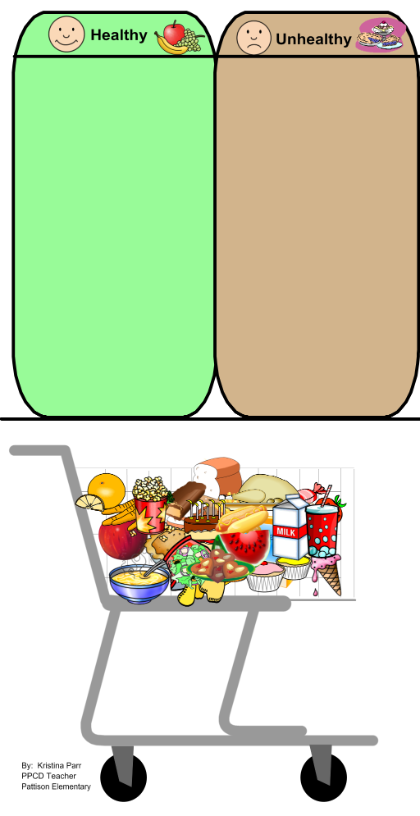 Just as I felt that my always chirping mother was afraid to rock the boat with my father, I knew instinctively that anger was taboo.
Just as I felt that my always chirping mother was afraid to rock the boat with my father, I knew instinctively that anger was taboo.
People, even small ones, always try to minimize risks. My childhood experience taught me to automatically read people and scan situations in order to assess the degree of threat and avoid conflict. The threat could be anyone's anger. I tried not to upset my father. Like the sisters, I didn't express my true feelings. But emotions do not disappear by themselves, just because they are uncomfortable or unacceptable in our family systems. They go underground. And this is not good.
In our family, four teenage girls expressed repressed anger by loudly slamming doors, swearing, and, if their parents were not at home, occasional fights. In addition, the anger of the older sisters (and the veiled emotions of the entire family) manifested itself in other unpleasant, albeit indirect, ways: they ran away from home, got bad guys, used drugs and drank. In such situations, the sight of my father's disapproval and my mother's suffering made a strong impression on me. I vowed never to be the cause of either. It's not that I didn't do it all. Did. I just avoided being caught red-handed.
In such situations, the sight of my father's disapproval and my mother's suffering made a strong impression on me. I vowed never to be the cause of either. It's not that I didn't do it all. Did. I just avoided being caught red-handed.
I have learned to hide my true feelings deeply. Adapting, I transformed them into more acceptable ones (for example, anger turned into sadness) and ignored my instincts. It kept me from disapproval and lessened my primal fear of being kicked out of the clan if I dared break the unspoken rules. By the time I left for college, the list of my "accomplishments" was: unhealthy communication style, mess with personal boundaries, and questionable coping methods. I was a total wreck about my boundaries.
Let's get back to you. What forbidden feelings did you have?
Check the boxes for emotions that you were judged, punished for, or banned from as a child.
• Happiness: joy, satisfaction, feeling of carelessness.
• Sadness: disappointment, hopelessness, indifference.
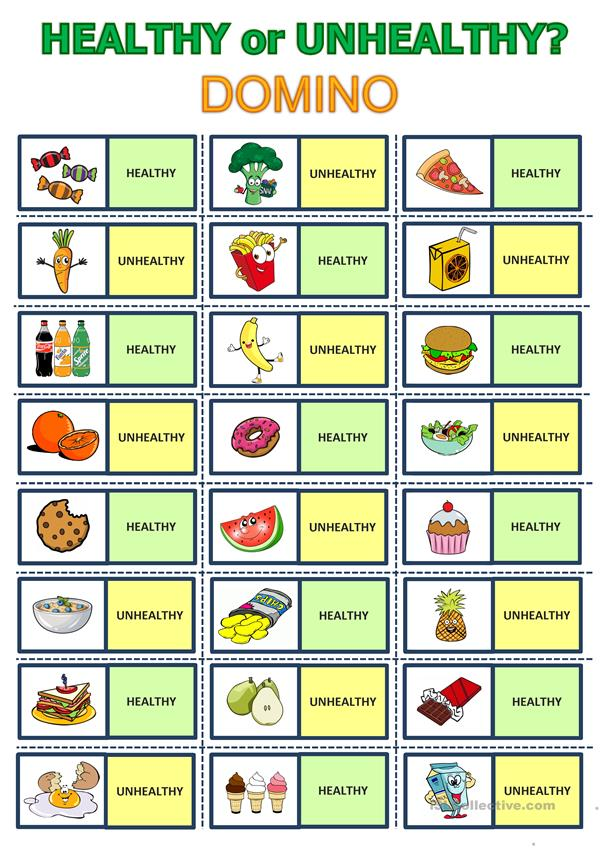
• Fear: anxiety, feeling threatened, fight-flight-freeze response.
• Disgust: disapproval, refusal.
• Anger: hostility, excitement, frustration.
To become a full-fledged mistress of your boundaries, you must allow yourself to experience all feelings. And you need to start with the awareness of those that you would prefer not to experience.
Alone with myself
In adulthood, my disorderly boundaries have not gone away. I have mastered the methods of indirect communication - sarcasm, eye-rolling, and occasionally hostile lies, such as: "I said everything was fine!" (Sound familiar?) Also, I learned how to manipulate; those I managed (usually my boyfriends) never realized that behind the mask of "everything is in order" lies my secret plan. The manipulation ensured that I would get approval, avoid confrontation, and not upset them. In the meantime, I did whatever I wanted, but in a secret way: like spending time with an old love or in the city with my sisters (and "forgot" to tell about it). Attempts to control people and situations were dictated by the desire to feel safe. This strategy worked for a while, but one day it broke. It is not surprising that, having not learned to express my sincere emotions as a child, I found myself on the psychotherapist's couch in my student years. And I've been there for thirty years.
Attempts to control people and situations were dictated by the desire to feel safe. This strategy worked for a while, but one day it broke. It is not surprising that, having not learned to express my sincere emotions as a child, I found myself on the psychotherapist's couch in my student years. And I've been there for thirty years.
To be honest. Ineffective communication skills are the cause of underdeveloped or incorrect boundary management skills.
When I started psychotherapy, I did not know about the term "boundaries". I had no idea that the mess with setting and maintaining my boundaries affects all areas of my life, including socialization and communication with others. Since college is such a time when even non-drinkers drink alcohol, by my senior year I had already experienced my share of drunkenness to the point of vomiting and passing out. My father set the example, and my merry, out-of-control older sisters followed suit. From the age of fourteen I drank along with them. By the time I entered college, I thought my drinking behavior was normal. But my therapist, Bev, didn't think so.
From the age of fourteen I drank along with them. By the time I entered college, I thought my drinking behavior was normal. But my therapist, Bev, didn't think so.
After several weeks of my casual mentions of alcohol exploits, Bev once stunned me. “If you don’t complete the 12 step alcohol program, I will have to end our relationship,” she said. Wait, what? Is my therapist leaving me?
how to properly build personal boundaries
2020-2021, according to psychologists, are the years of personal boundaries. The pandemic and lockdowns around the world have forced people to take a fresh look at their comfort zone and personal space. Many of the tips about ignoring irritants or avoiding conflict are no longer relevant. We figure out what needs to be done now in order to properly build personal boundaries.
What are personal boundaries?
Personal boundaries are those limits within which comfortable communication lies. Inside them are your values and personality, and on the other side is the outside world, as well as other people with their own boundaries. By building his boundaries, a person literally gives permission to the world around him to influence him.
By building his boundaries, a person literally gives permission to the world around him to influence him.
It is important to understand that by building and strengthening your personal boundaries, you are not creating a blank wall, but a safe space for healthy communication with your family, friends and colleagues
You build and protect your comfort zone all your life, from early childhood. Its formation is influenced primarily by your environment: family, friends and even the mentality of our country. Thanks to them, your personal boundaries can be as thick as the Great Wall of China, or as thin as a soap bubble.
How do you know that you are doing well with personal boundaries?
You confidently answer “no” when something doesn’t suit you: when they offer you to work overtime, go on your day off to weed in someone else’s country house, when friends drag you almost with threats to watch a comedy that does not cause you any positive feelings.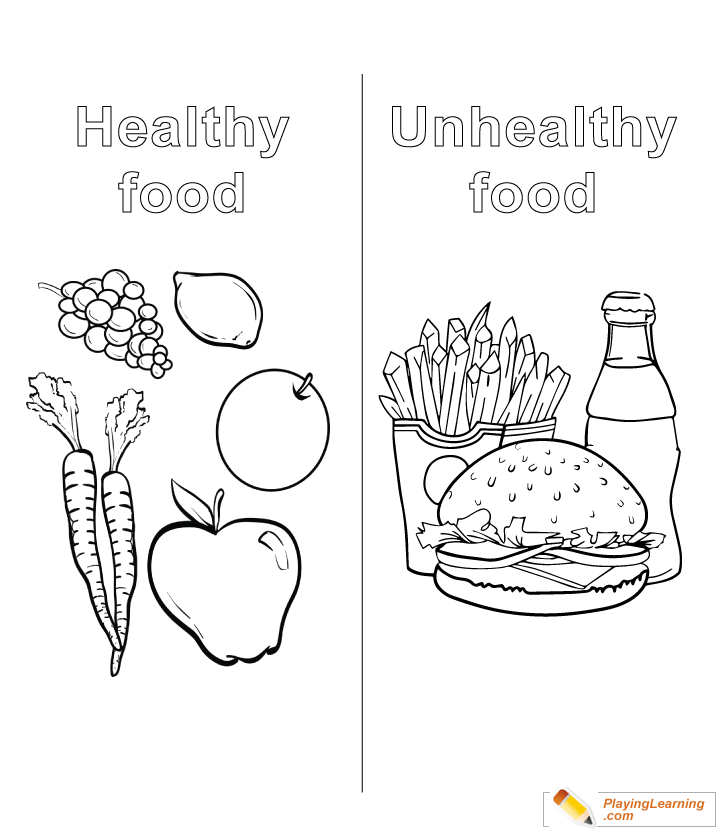 If you answer “no” and do not feel guilty, then you most likely have a clear understanding of where your personal boundaries lie and under what circumstances they are violated. If you can verbally explain to the interlocutor what does not suit you, while not getting personal and not using insults, you can consider yourself the owner of a black belt in the protection of personal boundaries.
If you answer “no” and do not feel guilty, then you most likely have a clear understanding of where your personal boundaries lie and under what circumstances they are violated. If you can verbally explain to the interlocutor what does not suit you, while not getting personal and not using insults, you can consider yourself the owner of a black belt in the protection of personal boundaries.
Two extremes lie on either side of this skill level:
-
In one case, a person never refuses for a variety of reasons.
-
In another, he always refuses, even contrary to logic and his own interests, completely isolates himself and his personal space from those around him.
Where are your personal boundaries?
In his book “Personal Boundaries. How to set and defend them” Jenny Miller and Victoria Lambert draw attention to how, with the growth of the use of modern technology, people's personal boundaries have become more fragile.
“With round-the-clock Internet, we are always in touch. It is impossible to forget about everything, we are constantly subjected to external pressure and interference (and partly encourage it ourselves). This speaks of unhealthy boundaries and the inability to protect yourself from harm. In addition, we used to communicate in person, face to face, but now there is a risk of misinterpreting a situation, mood or statement” , the authors write in the preface of their book.
It is impossible to forget about everything, we are constantly subjected to external pressure and interference (and partly encourage it ourselves). This speaks of unhealthy boundaries and the inability to protect yourself from harm. In addition, we used to communicate in person, face to face, but now there is a risk of misinterpreting a situation, mood or statement” , the authors write in the preface of their book.
The personal boundaries of people have become more extensive, they extend beyond the boundaries of real physical bodies or norms of offline communication. Now they are also in the digital space, where it is even more difficult to track them and mark them with checkpoints. And yet personal boundaries, with all their diversity of qualities, have a special feature - variability, and with the help of certain efforts they can be strengthened, expanded or removed those parts that cause discomfort.
How do you define your personal boundaries?
One word "no" is not enough for this. “In order for the borders to remain in good condition, they, like the skin, need care. The more confident you make decisions, the more you take care of yourself, the healthier the boundaries will be,” say Victoria Lambert and Jenny Miller.
“In order for the borders to remain in good condition, they, like the skin, need care. The more confident you make decisions, the more you take care of yourself, the healthier the boundaries will be,” say Victoria Lambert and Jenny Miller.
"Frontier" areas are the most common situations that first help you build your personal boundaries, and then can begin to test their strength.
Family
Parents and siblings are especially hard to make boundaries. These people have known you since childhood, they saw you in the days of the very first victories, and in tears from the first defeats, and in a bunny costume at a children's matinee. In addition to warm memories, relatives often also have leverage that they can try to use when they want to give or receive help. It is difficult to refuse in such a situation, so many choose the path of tacit consent.
Exit: Openly and respectfully acknowledge the requests of your loved ones, but do not be afraid to refuse them - you will not renounce your relationship in this way. Chances are, your family has experienced much more dramatic moments than your refusal to come on the weekend after a hard week at work.
Chances are, your family has experienced much more dramatic moments than your refusal to come on the weekend after a hard week at work.
Friends and partners
Another category of people whose favor we are afraid to lose because of an unsuccessful refusal, excessively harsh phrases, or because we appear in front of them in a bad mood.
Exit: Remember that we are all living people who have bad days when trains are late or a dog eats a passport, and even the most hilarious movie cannot cheer you up. In a situation where you feel pressure, you should calmly say so without coming up with additional reasons to be alone.
Work
Fear of being fired or losing income often motivates people to work even in their free time. Violation of personal boundaries at work includes overwork, the performance of other people's duties, as well as communication on official topics outside the working day.
Exit: Even if you have great relationships at work, with your team or partners, remind yourself and those around you that you are a living person with a need for work-life balance and that you can do work tasks during the time allotted for this.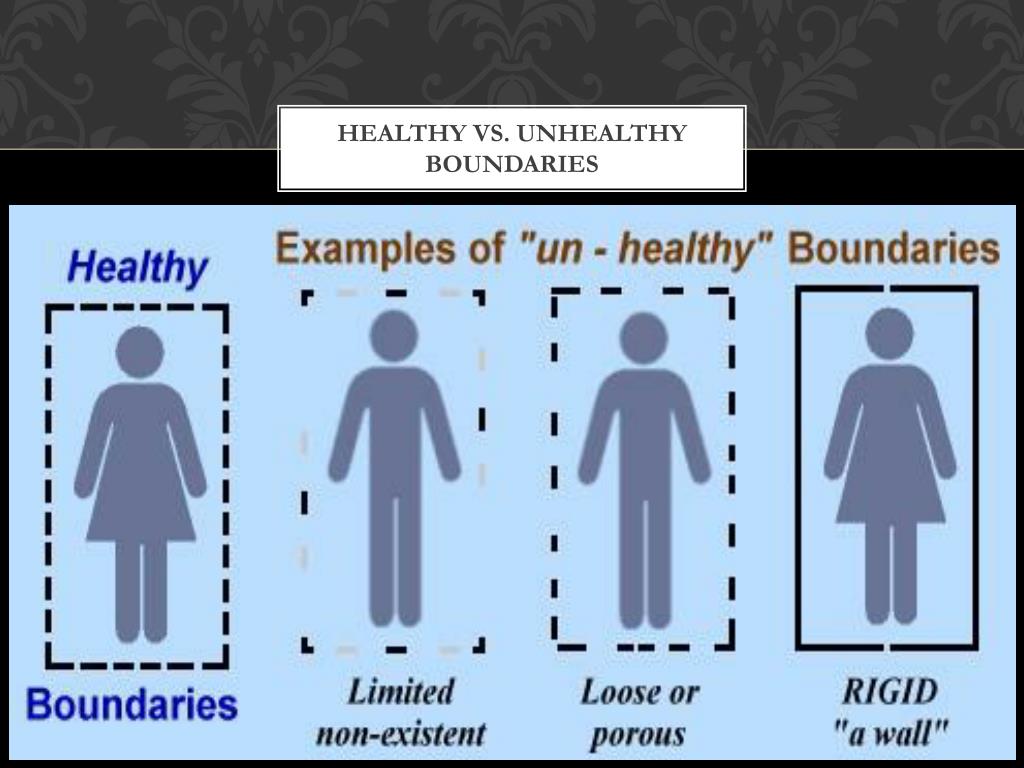
Internet
A limitless space in which each user has his own opinion and actively shares it, often condemning other people's views. Anything can cause discomfort and a feeling of violation of your personal boundaries: an unpleasant discussion in the comments or offensive material caught in the news feed.
Exit: Many social networks offer the option to hide posts if the content offends you. In this way, you protect your personal boundaries and at the same time do not violate others.
The key to maintaining your personal boundaries is caring and caring for yourself, which gives you a sense of your comfort zone. To ensure that your boundaries can always perform their protective function, you will need a few rituals that Jenny Miller and Victoria Lambert recommend in their book.
-
Establish healthy sleep and eating habits, get rid of bad habits. Thus, the body will be able to function in a comfortable mode and you will better understand the nature of stress.
